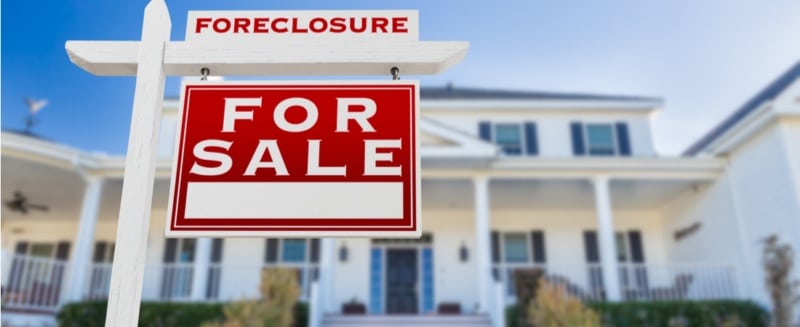Foreclosure is scary. Before the bubble burst and the housing crisis hit, it was taboo to go through foreclosure. Now it’s almost common. And, unfortunately, despite the rosier outlook for the real estate market, too many homeowners are still facing foreclosure.
The most important thing for any homeowner in this situation to know is that there are alternatives—foreclosure is not inevitable. If you act quickly and tackle your problems head-on, there may be a solution. You just have to accept the reality of where you are and what needs to be done to get you out of trouble.
“Once you put your head in the sand and pretend foreclosure is not going to happen, it will happen,” said Stan Cameron, housing development coordinator for the Foundation for Credit Counseling. “The most important thing you can do in a situation like this is to be proactive.”
According to Cameron, the question you need to ask yourself while facing foreclosure is whether, in the long-term, you can afford the monthly payments on your mortgage. Your monthly housing expense shouldn’t exceed more than 31 percent of your gross income, he said.
If the payments are too much or your income is too small or volatile, it’s time to consider some options to avoid foreclosure. Depending on your situation, you may want to pursue one or more of the following:
1. Ask for forbearance and make the payments later. If you are stuck in a temporary jam, you can try calling your lender and asking for forbearance, which means that the lender will give you a few more months to catch up on your payments.
2. Seek out a loan modification or refinance. This is a great option, especially if your home is not underwater. New government rules are also creating more opportunities for people with underwater mortgages to refinance, such as the HARP program.
3. Ask the lender for a short sale. Through a short sale, you find a homebuyer that will pay a price upon which your lender agrees. You can then sell your home for less than the amount you owe on the mortgage. Sometimes, however, you may have to pay part or all of the balance of the debt you still owe the lender after the sale. Remember that unless the Mortgage Debt Relief Forgiveness Act of 2007 is extended past its 2012 deadline, you may have to pay income taxes on any forgiven debt because the government considers it phantom income.
4. Give the lender your home through a Deed in Lieu of foreclosure (DIL). This option is actually very similar to a short sale. You hand over the deed to your home to the lender. In exchange, the lender cancels your debt and short sells the home. Lenders are leaning more towards short sales these days, so this may be a more rare find.
5. File bankruptcy. This is the worst of all your options, but bankruptcy does stop the foreclosure process as it stops all your lenders from collecting debt from you until you work out an agreement through the courts.
The last three options, including foreclosure, will damage your credit score, though to varying degrees. A short sale or a DIL will typically damage your credit much less than foreclosure or bankruptcy. You will also be able to borrow again more quickly with a short sale or DIL—it’s about two years for those options as compared to five years for foreclosure.
“Remember though that none of these options are a death sentence,” Cameron said. “The credit impact is not something that’s going to remain with you for life.”
If you are facing foreclosure and need help, seek out a free housing counselor from a non-profit organization like the National Foundation for Credit Counseling or the U.S. Department of Housing and Urban Development.
[amazon_link asins=’B072BTCMP6,0812925319,0609809334′ template=’ProductCarousel’ store=’thinkglink-20′ marketplace=’US’ link_id=’efdf6edc-261b-11e8-8f65-591dcf086545′]






